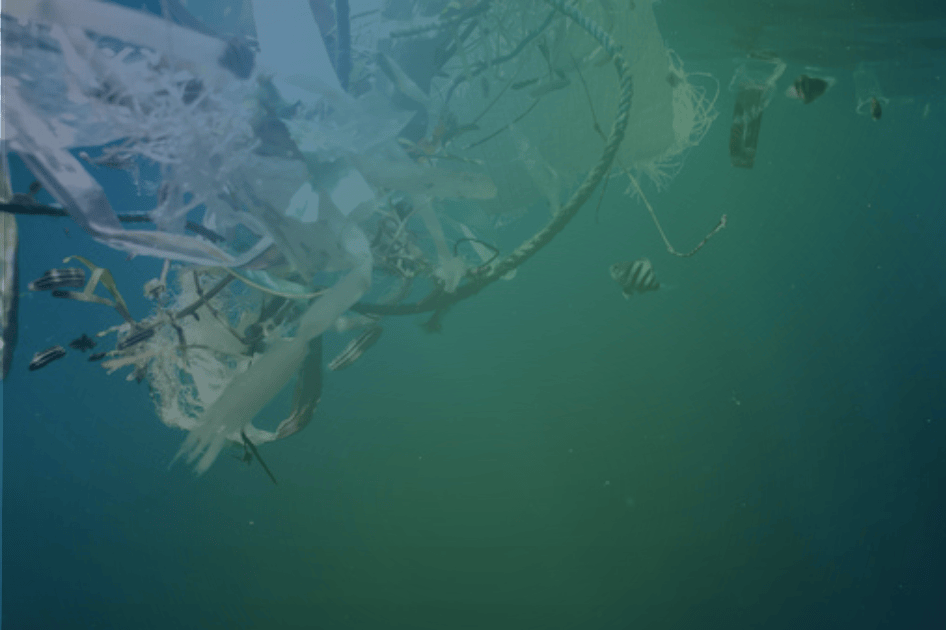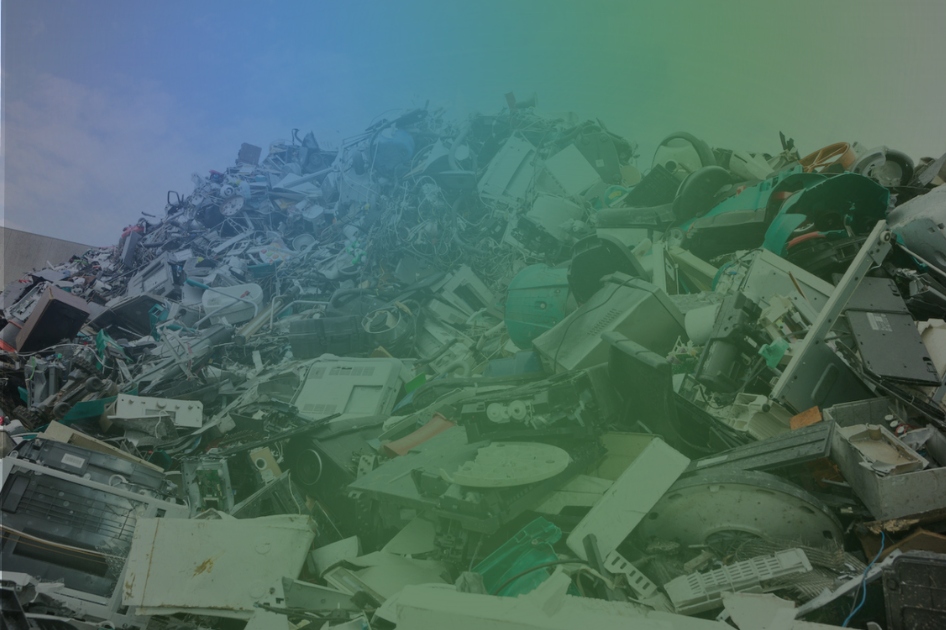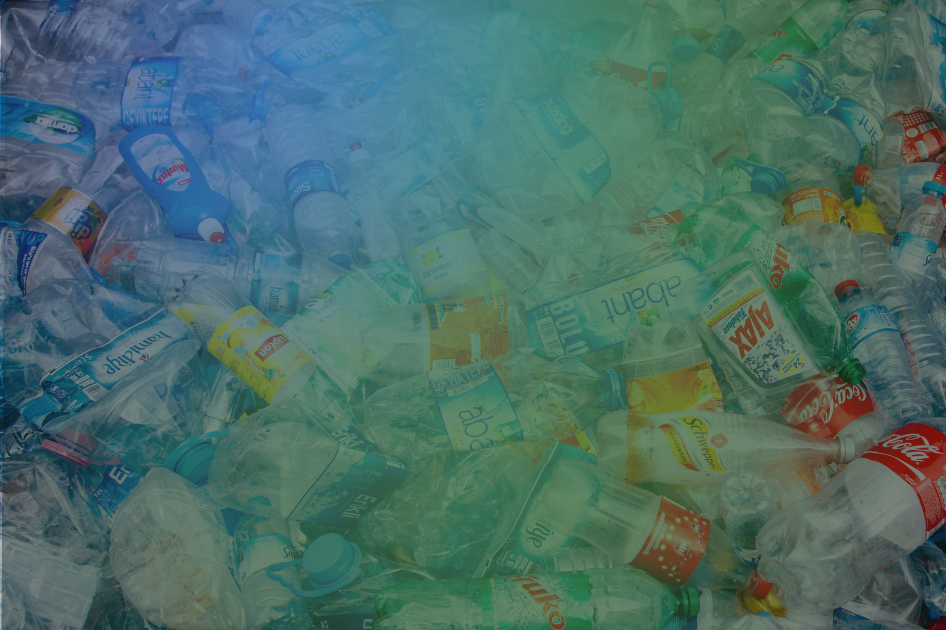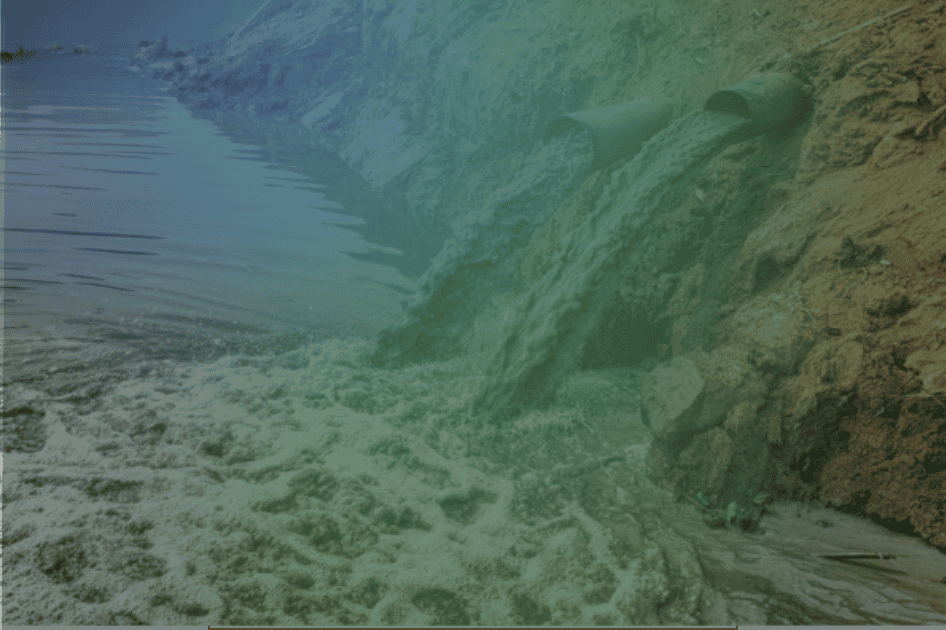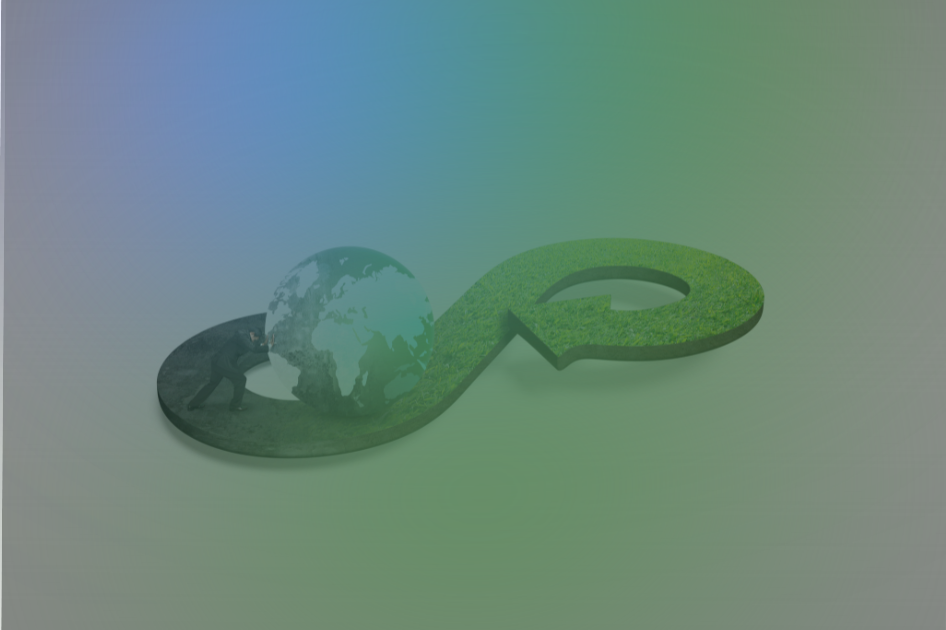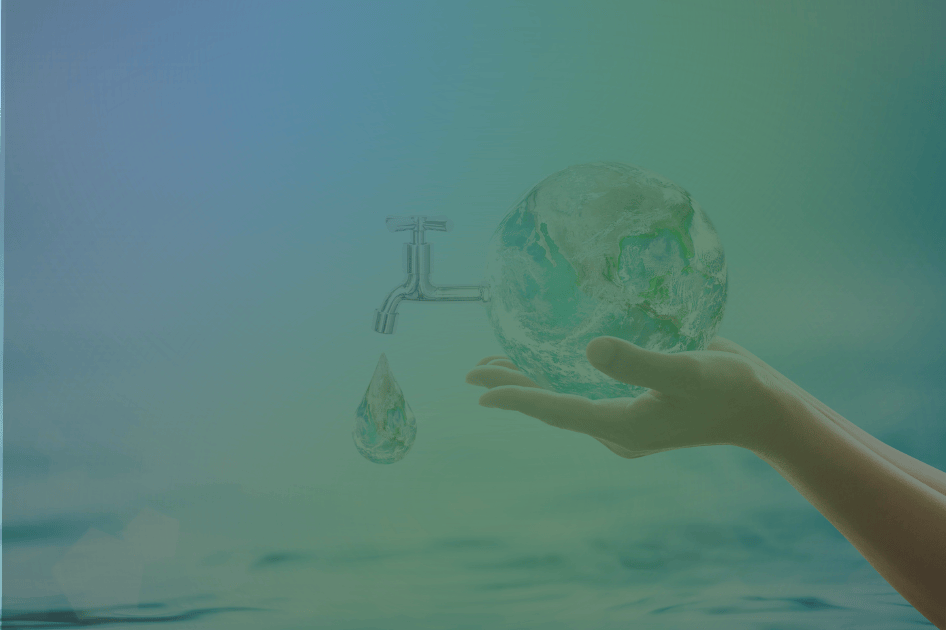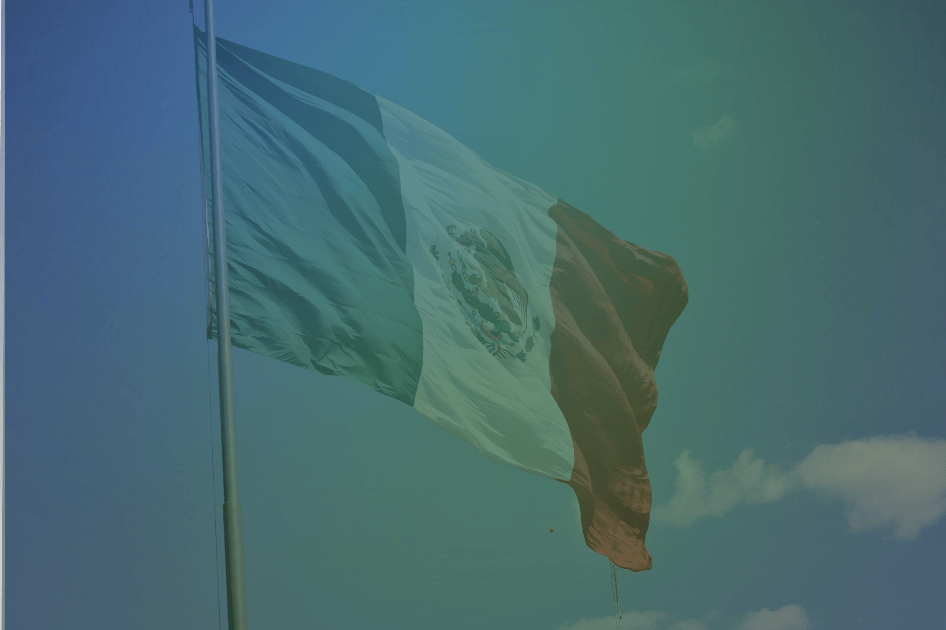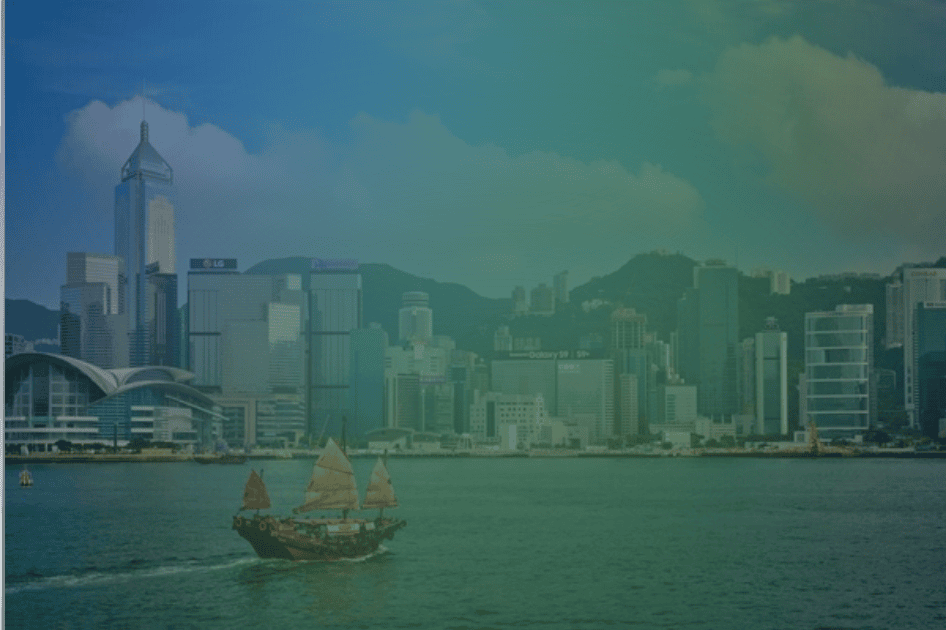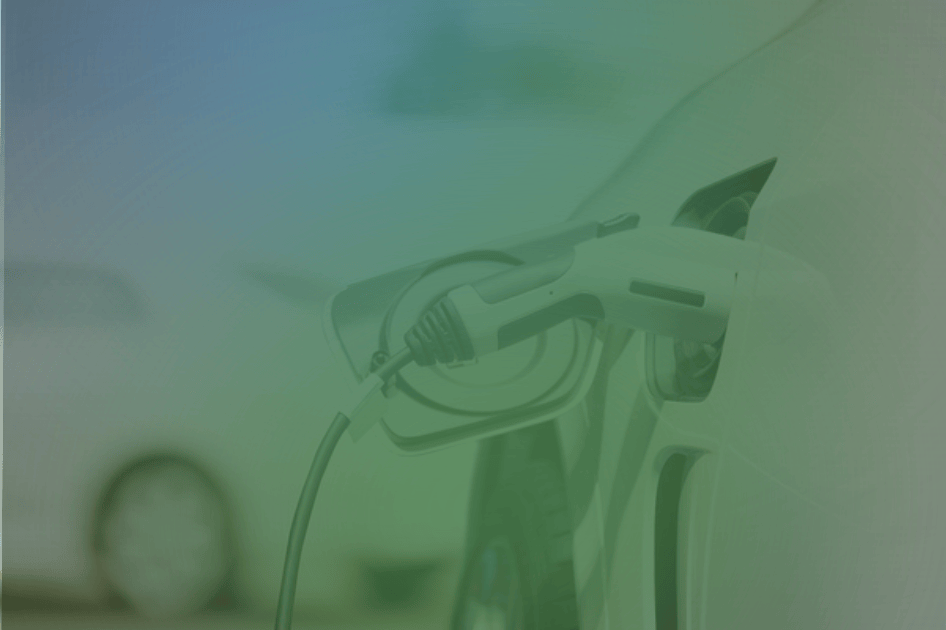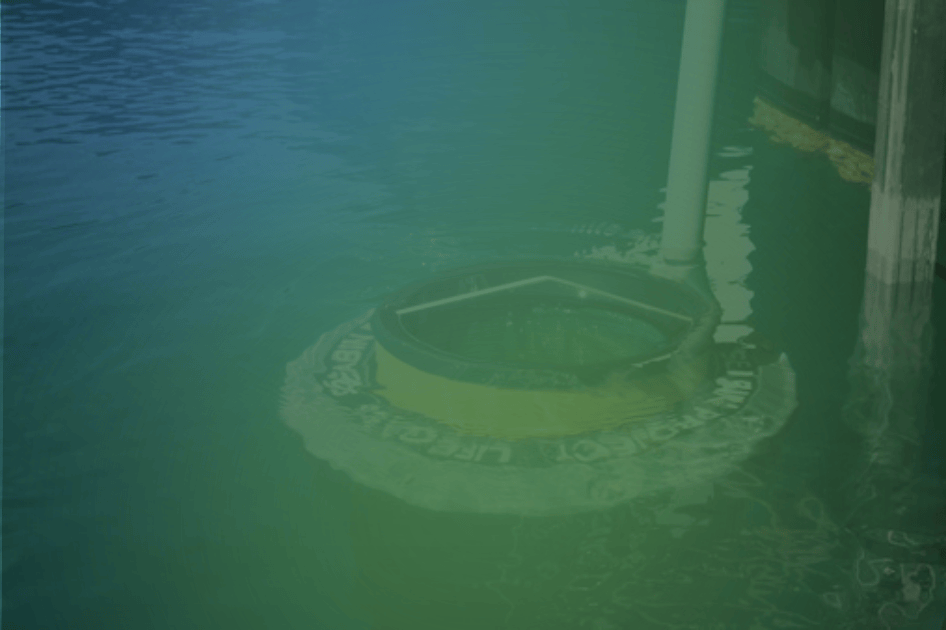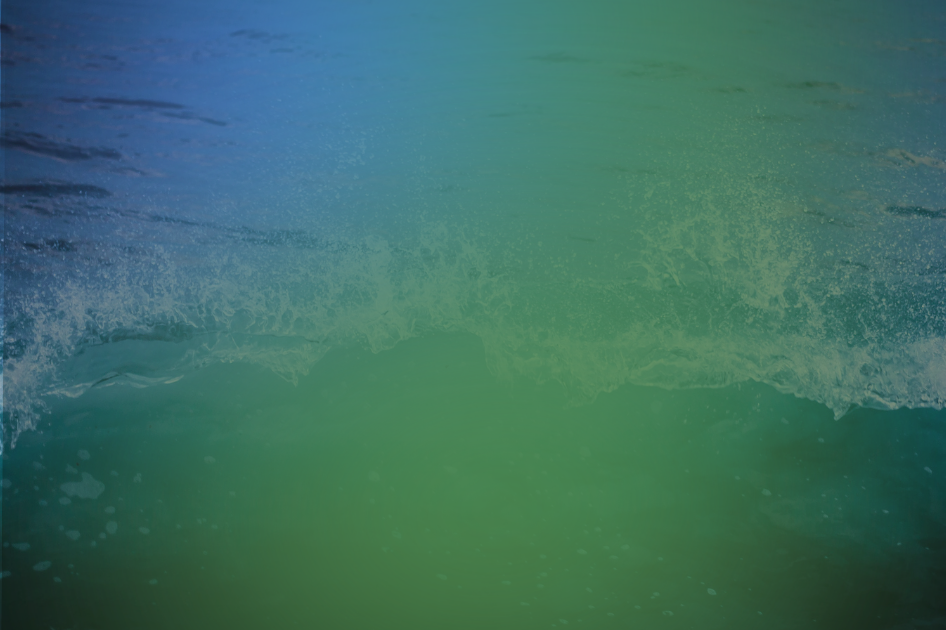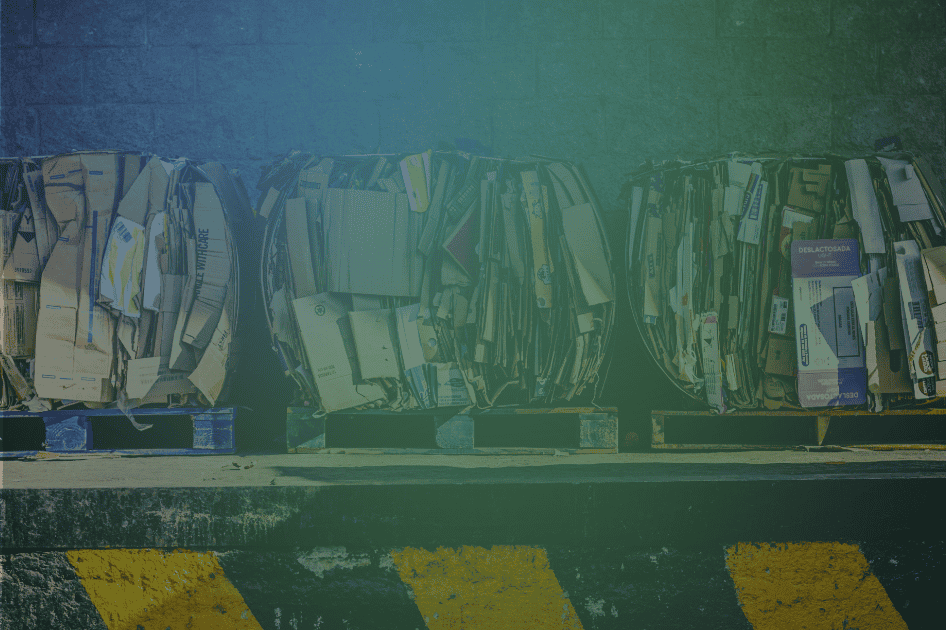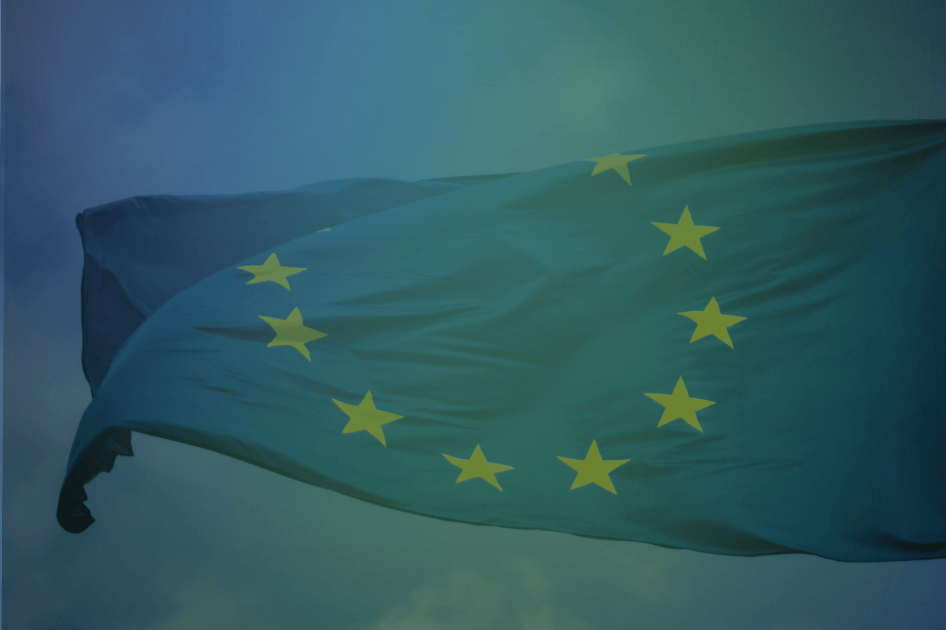Maritime transport is one of the most significant factors for the health of the seas in the European Union. Significant progress has been made in the transition of the sector towards sustainability. This includes reducing sulfur emissions, increasing reports of waste deliveries by ships, decreasing the number of invasive alien species in marine ecosystems and decreasing marine litter levels, including those generated by fishing activities.
However, the challenges ahead remain complex and pressing, as highlighted in the second edition of the European Maritime Transport Environmental Report (EMTER), published by the European Environment Agency (EEA) in collaboration with the European Maritime Safety Agency (EMSA). Sustained effort is essential to maintain momentum: the sea is a vital resource both for the economy and the environment and it needs more responsible management. The European Union has both the responsibility and the opportunity to lead this global shift.
- Recommended for you: Rising sea levels in the Mediterranean: threats and sustainable solutions
The consequences on the atmosphere
In the EU, the maritime sector accounts for 14.2% of CO2 emissions from transport. This figure is less than road transport and almost equal to aviation. Emissions have increased every year since 2015 (except in 2020), reaching 137.5 million tons in 2022 – an 8.5% rise compared to 2021. Methane (CH4) emissions from maritime transport at least doubled between 2018 and 2023. Now they account for 26% of total emissions of the shipping sector..
On a positive note, sulfur oxide (SOx) emissions have dropped by 70% since 2014, mainly due to the implementation of (SECAs) in northern Europe. Conversely, nitrogen oxide (NOx) emissions, which contribute to air pollution and eutrophication, increased significantly in the period 2015-2023, with an average increase of 10% across the EU.
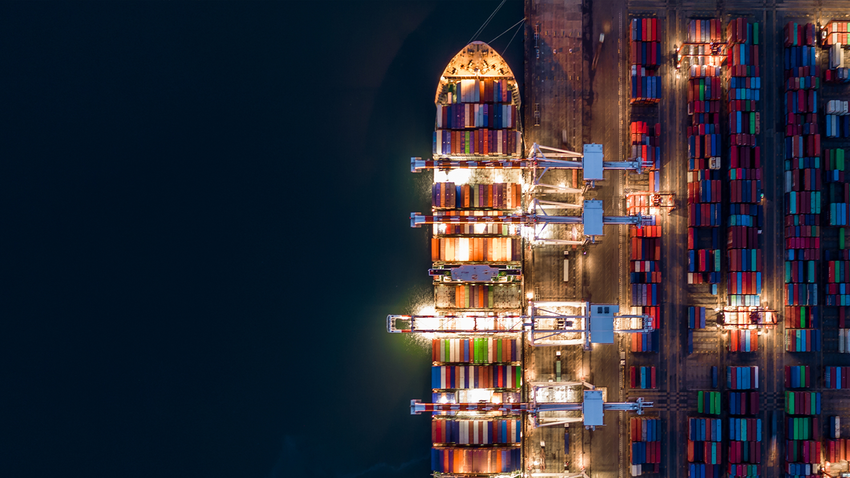
The effects on biodiversity
Maritime transport contributes to water pollution through the release of hazardous substances, such as oil spills, but also gray water – which increased by 40% from 2014 to 2023, mainly due to cruise ships –, waste from exhaust gas cleaning systems (EGCS) and bilge water – a mix of leaked water, oil, and other fluids that accumulate at the bottom of a ship’s hull.
Ballast water management is also crucial. Ships take in ballast water to maintain balance and stability during voyages, especially when not fully loaded, and discharge it at the port of destination. In this process, other aquatic organisms are also discharged, potentially becoming invasive alien species and threatening marine biodiversity.
- Recommended for you: Sustainable fishing, a global challenge: saving the sea starting from the table
According to the report, the number of NIS (non-indigenous species) introduced into European waters by shipping continues to rise, even if the introduction of IAS (invasive alien species) peaked between 2000 and 2005 and has since declined.
Thanks to the Ballast Water Management Convention, in force since 2017, 31% of ships had a valid international certificate to manage ballast water in 2023, while 23% were equipped compliant systems.
Maritime transport also impacts biodiversity through other activities such as port expansion, dredging, and anchoring, which affect 27% of the seabed near European coastline and lead to physical disturbance or habitat loss. Furthermore, there has been a significant rise in the risk of ship collisions with marine wildlife – particularly whales and turtles – within Natura 2000 protected areas.
As for the disposal of ship-generated waste in EU ports, 2023 was the first year in which data was reported under European Directive 883/2019. This provides information on the volumes and types of waste. The majority consisted of oily waste and garbage, followed by wastewater. Rotterdam, Antwerp, and Copenhagen handled the largest volumes, highlighting the key role ports play in advancing circular economy processes.
In terms of volume, fishing and maritime transport account for 11.2% and 1.8% of marine litter, respectively, with an overall 50% reduction over the past decade. However, challenges remain in combating plastic pollution -- notably the release of plastic pellets from lost containers.
Supporting the sustainable transition
To accelerate the transition of maritime transport towards sustainability, the EU has introduced several regulations under the Green Deal. These include the Fit for 55 package, which expands the Emission Trading System (EU ETS) to include maritime transport. Shipping companies will be required to surrender allowances for a portion of their greenhouse gas emissions according to the following schedule: 40% of emissions in 2024, 70% in 2025, and 100% in 2026.
In addition, the FuelEU Maritime Regulation sets mandatory reductions in the annual average greenhouse gas intensity of energy used onboard ships. Compared to the 2020 levels, emissions must be cut by at least 2% by 2025, 6% by 2030, and progressively on a five-year basis, up to 80% by 2050.
In this context, the use of fossil fuels must be curtailed, while the adoption of renewable energy must be promoted – steering innovation towards advanced biofuels and renewable fuels of non-biological origin.
Article written by Emanuele Bompan and Maria Carla Rota
This blog is a joint project by Ecomondo and Renewable Matter
PUBLICATION
09/06/2025


